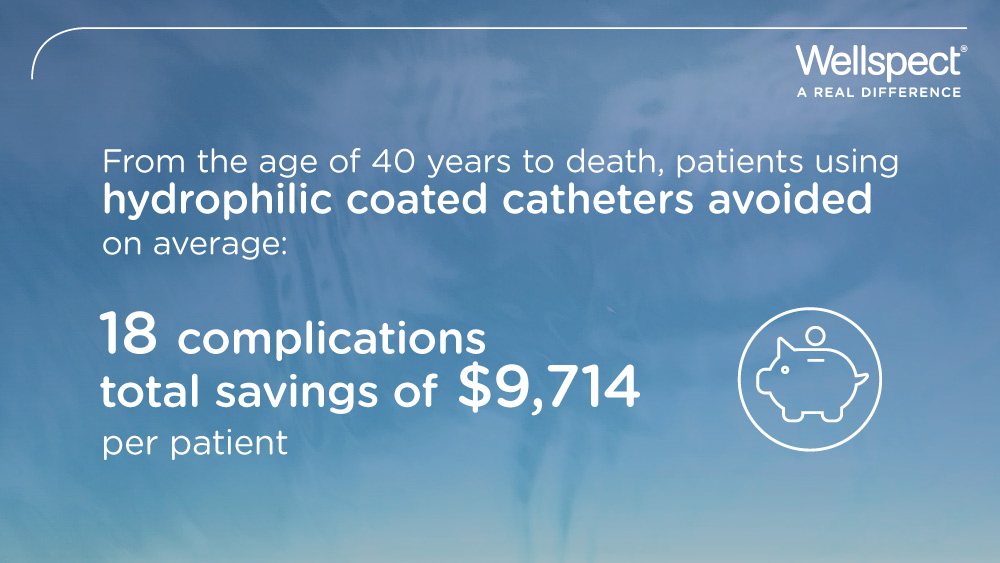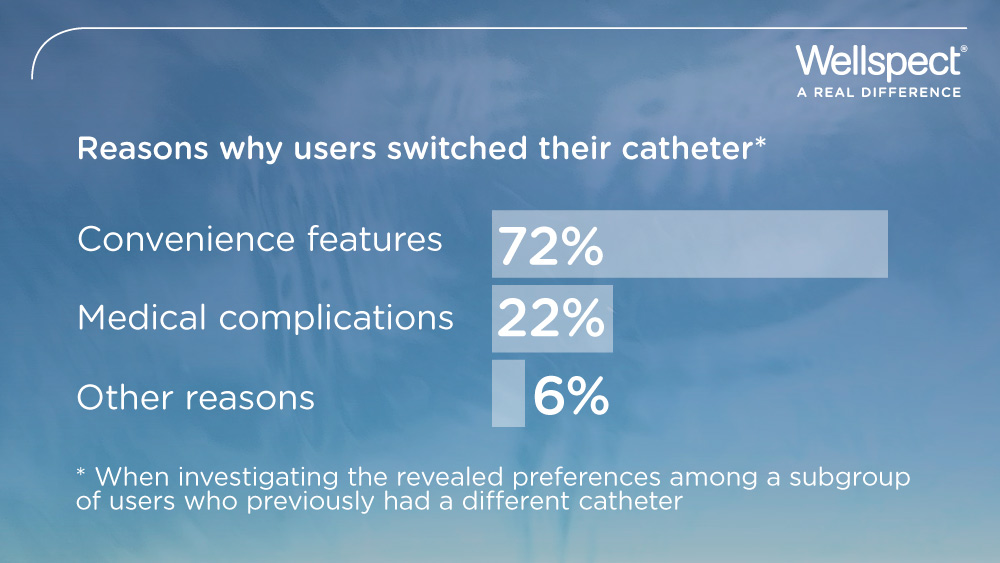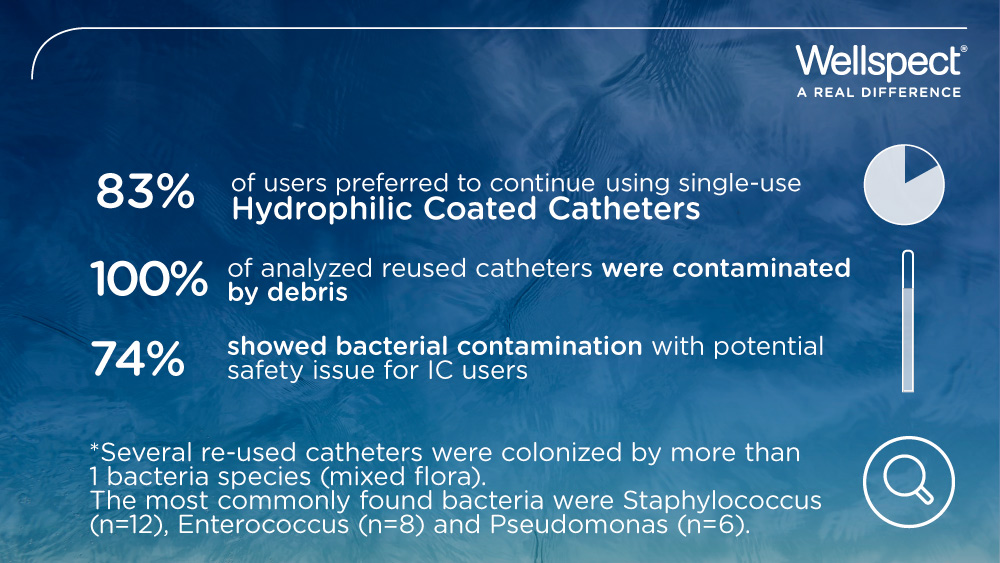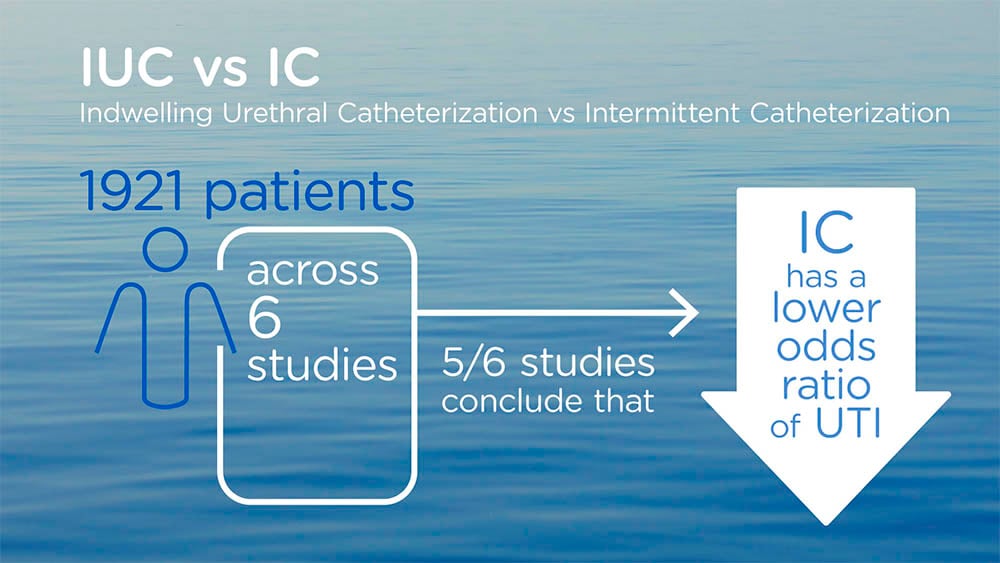As many as 18 complications can be avoided from the age of 40 until death when using hydrophilic catheters instead of non-coated catheters. This translates into savings of almost $10,000 per patient.
Read MoreTopics: Health Economy, Intermittent Catheterization
The use of a urinary catheter is very personal and the patients' needs should be carefully investigated before a catheter choice is made. This study reveals that convenience factors are as important to users as medical factors.
Read MoreTopics: Health Economy, Intermittent Catheterization
Re-use catheters are still common in many countries, simply because of the lower price. But what's the cost in the long run when adding complications and quality of life factors into the equation?
Read MoreTopics: Health Economy, Intermittent Catheterization
Newly published data shows that multiple-reuse catheters pose a potential safety concern for people practicing intermittent catheterization
Topics: Catheter-associated UTI (CAUTI), Intermittent Catheterization
Given the great variability in the definitions used to diagnose Urinary Tract Infection (UTI), this review will aid in providing an overview of the joint clinical evidence between the different bladder management methods with regard to UTI risk.
Read MoreTopics: Urinary Tract Infection (UTI), Catheter-associated UTI (CAUTI), Bladder management, Intermittent Catheterization








